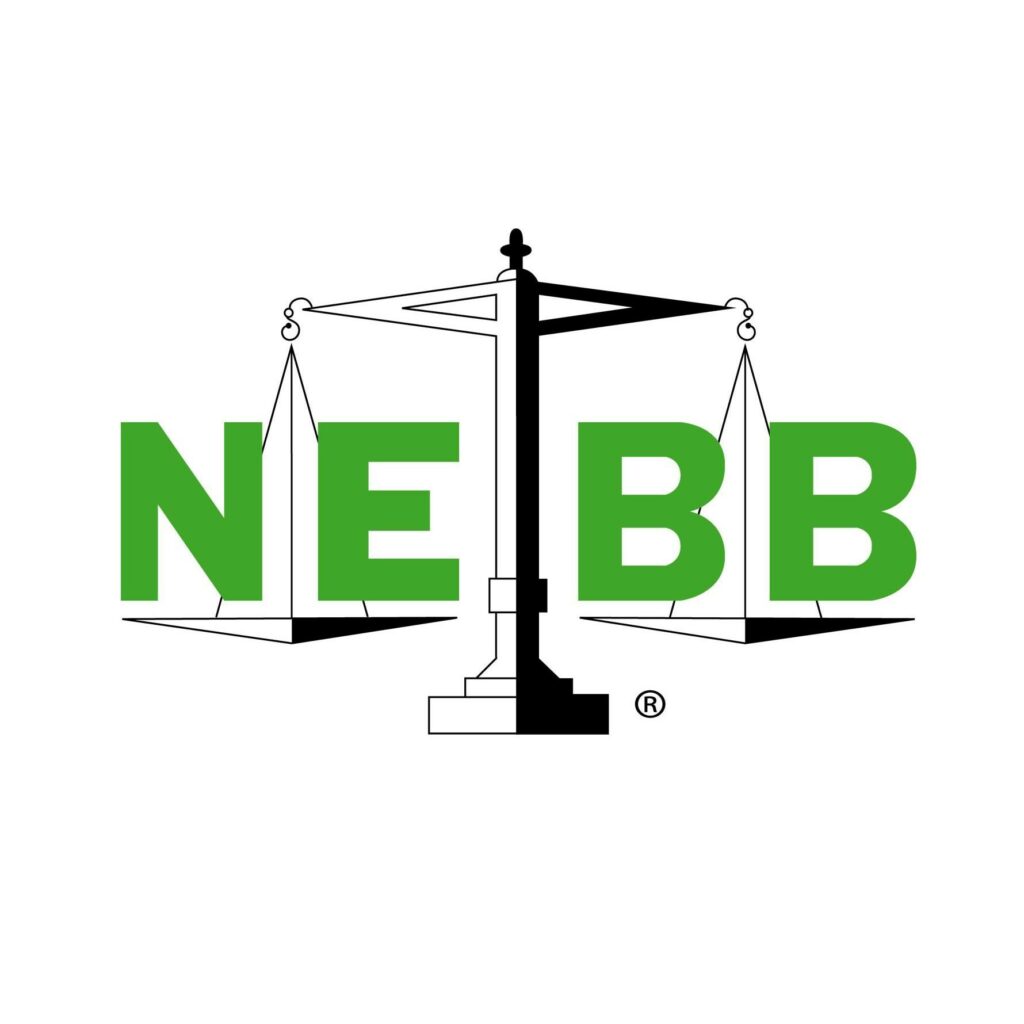
During the winter months, a certain area of the building of the University of Toronto, Canada located at 230 College Street, experiences extreme hot spots. The hot spots have been more prevalent on the fourth and fifth floors on the south side of the building, and would become so unbearable to the occupants that they would open the windows in the cold of winter to abate the heating issues. Several balancing firms were called to investigate the anomaly, and many theories have been put forward and discussed concerning the heating issues. The heating issues were persistent and not resolved for over 30 years.
Enviro Balance was hired to complete the air balancing part of a large building retrofit project. This was an opportunity for the owner to tackle the long-known heating issues and Enviro was fortunate to work along a mechanical contractor and mechanical engineer who were determined to get to the bottom of the issue.
The System
The heating system is composed of two pumps in the basement, one on duty and one on stand-by. The heating pump delivers the hot water through the piping system wherein a three-way valve either lets the water flow through a series of wall fin tubes or bypass the series of wall fins. We will refer to the series of wall fin tubes as a “loop.”
The direct digital control (DDC) three-way valves are modulated by thermostats sampling the temperatures in the served areas.
The constant volume pumps (no variable frequency drive) always run at full speed. In fact, one pump was tested and determined to be at 110 percent of the design flow, while the other was in stand-by mode.
Balancing
While the system was being balanced, it was observed that the fourth and fifth floors where the hot spots were reported had higher water flowrates compared to the lower floors. This was unusual, as the team had anticipated higher water flowrate on the lower floors since the pumps are located in the basement. The specific areas where the hotspots were reported demonstrated this higher than usual water flowrate.
Investigation
A piping line walk was performed to check for any lines that may have crossed or any inconsistencies in the piping, and none were found. Additionally, the individual three-way valves were examined by the team to verify their functionality and eliminate the three-way valve as the source of unwanted heating.
The loops on the fourth level were investigated, followed by troubleshooting activities performed by the team. An ultrasonic flowmeter was connected to measure the flow on a loop that serves part of the area of concern. The three-way valve was set open, the water flowed to the loop, and the reading was taken. The three-way valve was then set to bypass the loop and the ultrasonic flowmeter registered a negative reading which indicated the water flow was going backwards. The team confirmed the backward water flow using a contact thermometer.
Conjecture
Having determined the backwards water flow through the bypass, the team, along with the engineer and mechanical contractor, tried to establish how the water flow came from the proper direction with the three-way valve open to the fin tubes and then backward flow direction with the three-way valve in the bypass position.
Since it was a closed piping system, outside influences were disregarded as a possible problem. The piping line walk also confirmed there were no crossed lines. Based on the design, when the three-way valve was bypassing the loop, the water should have been redirected away from the loop and back to the main return pipe, thus the term “bypass.”
However, upon closer inspection, the water flow values measured by the ultrasonic meter and by the thermometers confirmed, there was enough pressure in the supply line to make the water flow circulate the fin tubes in the series with the three-way valve bypassing.
Resolution
It was determined that the easiest and most cost-effective solution to solve the bypassing flow issue that the loops were experiencing was a simple installation of check valves. The check valves would prevent the water flowing backwards through the series of piped fin tubes and, therefore, eliminate the bleeding effect in the system.
After the mechanical contractor installed the check valves on the affected loops, the team revisited the site to perform the troubleshooting exercise once again. Based on the readings taken, the installed check valves prohibited the passing of water in the series loops when the three-way valve was in bypassing mode.
Conclusion
The problems in this building had persisted for a few decades. With the aid of modern instruments, the Enviro Balance Inc. team was able to determine what was occurring in the affected loops and advise how the system was functioning in a given mode. Previous investigations may have been limited due to the technological limitations. The team is planning to revisit the hot complaint spaces during the upcoming winter months to evaluate and see how much the temperature conditions change and improve.

Looking to get NEBB Certified? Request your application today.